The Pantser vs The Plotter: Is a Beat Sheet Really Worth It?
There has long been a stigma that having a perfectly drafted outline will help you write an engaging story. There’s also a belief that spending too long on prep work might make your project feel stilted and maybe even take away from the creative process.
While many writers believe in a combination of these ideas, there are essentially two common types of writers when drafting a screenplay: the pantser and the plotter.
Both pantsers and plotters view beat sheets differently. A beat sheet is a helpful tool when designing the story structure, and it can help you determine where to plot out your important beats. It can be a valuable tool, but many writers have their own opinions about it.
So, what is a pantser? Do you maybe consider yourself a plotter? And is it really worth it to create a beat sheet before you write your script?
The Pantser
This writer is said to “write by the seat of their pants”. They brilliantly create an idea and follow their instincts as they write. They spend little (if any) time in the development process to dig into world-building and drafting compelling characters. Instead, they discover their story as the words fill the page.
A pantser would argue that a beat sheet hinders their creative process. They’re ready to jump right into the blank page and draft their story.
One drawback to being a pantser is hitting the dreaded “writer’s block”. A beat sheet can act as a roadmap, and writing “off-road” might have your story taking detours you didn’t expect. You might even hit burnout or maybe even leave your script unfinished and abandon it for a new project.
Pantsers are wonderful at opening themselves up to creativity and excavating an engaging story from a blank page. However, a beat sheet can help them hone their story structure and save them from any writer’s block or burnout. Even outlining a beat sheet with a simple 3-act structure can be an excellent way to plot out the story before diving into the first draft.
The Plotter
On the other hand, plotters are extremely organized, know everything about their characters (including what they had for breakfast yesterday morning), and plot their scripts out to a T before even writing the first page.
Plotters believe having a solid beat sheet can help hold their story together. They might also draft scene outlines and other development materials before writing their script. Their goal is to completely understand the story before they write the first page. Overall, they just want clarity and a plan.
A beat sheet might give these writers energy, but sometimes they might spend too much time in the planning process. They may even have a hard time actually writing the script.
If you think you might be a plotter, do you struggle to actually put words on the page? How many revisions of your beat sheet (or outline) have you written before typing FADE IN?
The Plantser
But what if both writing styles work? Maybe a combination of a pantser and a plotter is exactly what your script needs. Why not be a Plantser?
A beat sheet can be an excellent tool to help you determine essential beats in your story before you write your script. And here’s the secret: you can always go back to — or even stray from it!
A beat sheet can act as a roadmap. Sometimes we find detours that might work better for our story. Sometimes the path on the beat sheet is the best way to go. Regardless, a beat sheet will help you know exactly where your story starts and where it ends.
So if you think you might be a pantser and you find yourself constantly hitting writer’s block, why not incorporate a beat sheet to see how it affects your process? Or, if you’re a plotter, practice loosening your grip on the planning stage and dive fearlessly into your script.
As writers, we constantly seek to grow in our craft. So try out being a plantser! Combining these two writing styles might be exactly what your story needs.

